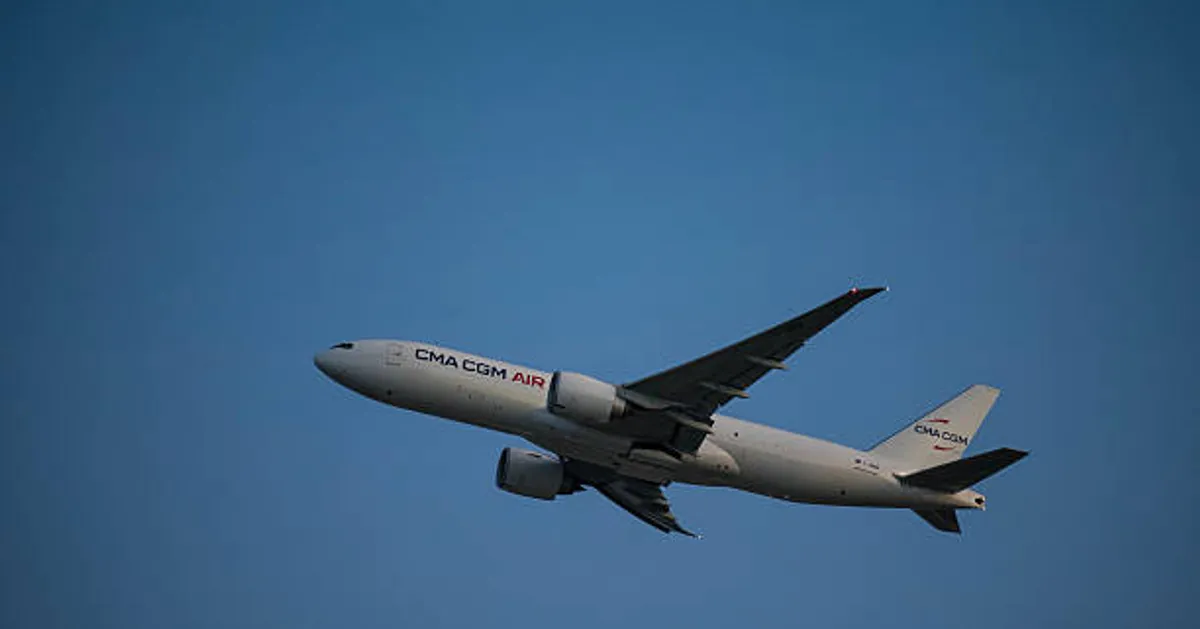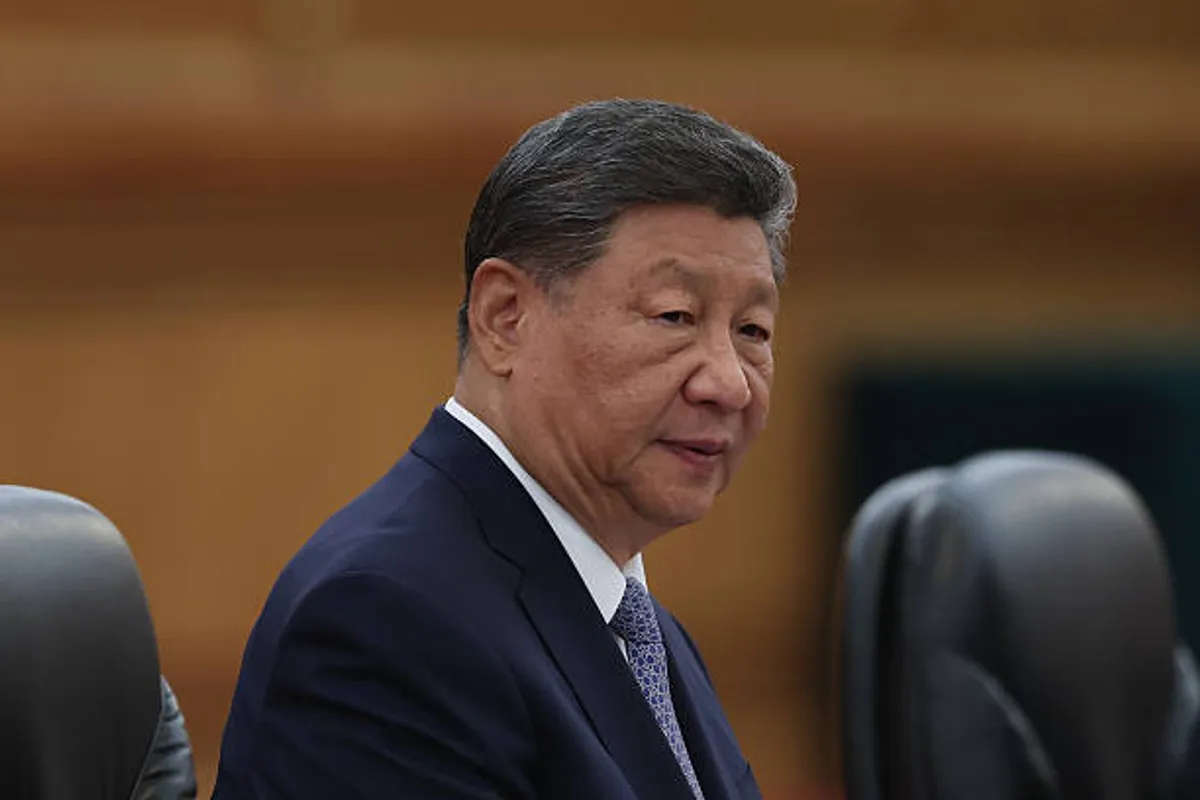
Trump Proposes Barring Chinese Airlines From Using Russian Airspace on U.S. Routes

GeokHub
Contributing Writer
WASHINGTON, Oct. 9, 2025 — U.S. President Donald Trump has announced plans to block Chinese airlines from flying through Russian airspace on routes connecting China and the United States, a move that marks another escalation in the increasingly tense trade and aviation standoff between Washington and Beijing.
The proposal, unveiled by the U.S. Department of Transportation (DOT) on Wednesday, would effectively strip Chinese carriers of a key cost advantage. Since Russia’s invasion of Ukraine in 2022, most Western airlines have been barred from using Russian airspace, forcing them to take longer, more expensive routes around the Arctic or Asia. Chinese airlines, however, continue to use those direct corridors, allowing for faster flight times and lower fuel expenses.
According to the DOT’s draft order, this imbalance creates an “unfair competitive environment” that disadvantages U.S. airlines. The proposal, if finalized, would prohibit Chinese carriers—including Air China, China Eastern, China Southern, and Xiamen Airlines—from operating any U.S.-bound flights that utilize Russian airspace. The administration has given these airlines two days to respond, signaling how swiftly the rule could take effect.
White House officials say the move is part of Trump’s broader strategy to promote “fair skies” and protect American business interests. “U.S. carriers must not be placed at a structural disadvantage due to geopolitical realities,” said a senior administration official, noting that the policy aligns with Trump’s broader “America First” agenda.
Analysts warn the decision could provoke a reciprocal response from Beijing, potentially limiting American airlines’ access to Chinese markets or imposing other retaliatory restrictions. Aviation expert Henry Harteveldt told Reuters that the proposal “could disrupt the fragile recovery in global air travel, especially for business and cargo routes between the world’s two largest economies.”
If approved, this would be the first time the U.S. government has explicitly linked airspace policy to trade fairness, setting a precedent that could reshape international aviation agreements. It also comes amid Trump’s renewed pressure on China over technology exports, AI regulations, and semiconductor trade, making aviation the latest front in the ongoing geopolitical struggle.
The new restrictions could significantly impact global travelers and logistics firms. Flights from Beijing, Shanghai, and Guangzhou to Los Angeles, San Francisco, and New York could face longer routes, higher costs, and schedule adjustments. For cargo carriers, the implications are even greater, as time-sensitive goods like electronics and pharmaceuticals depend on fast transcontinental delivery.
Industry groups such as the Airlines for America (A4A) have welcomed the move, saying it restores “competitive balance and fairness” for U.S. carriers. Meanwhile, IATA, the International Air Transport Association, urged caution, warning that “airspace access should remain apolitical to preserve aviation safety and global cooperation.”
The latest action underscores how aviation has become a strategic tool in U.S.–China relations, where every sector—from trade to technology—has turned into a stage for competition. Should Beijing retaliate, analysts say it could complicate efforts to resume broader cooperation on climate, AI standards, and international trade reform.
As Washington and Beijing prepare for another round of diplomatic talks later this month, the skies above Russia could become a new battleground in their enduring power struggle.








































































